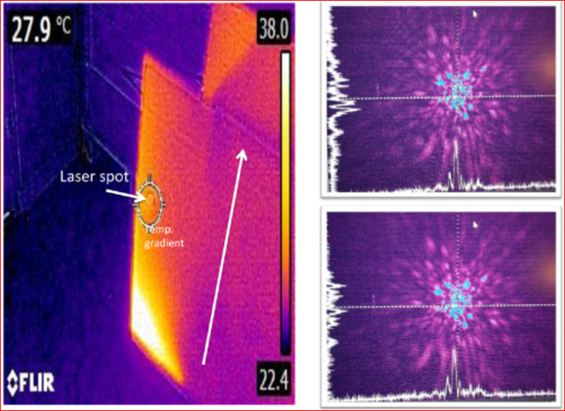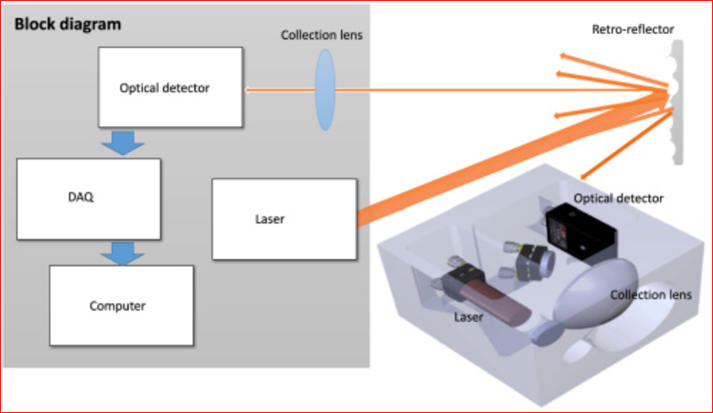Red Pitaya, detecting fires in harsh environments
- Posted by
 Red Pitaya Team
Red Pitaya Team

An innovative fire detection technology that outperforms traditional laser-based systems, this breakthrough method focuses on fluctuations in the refractive index induced by heat convection, making it effective in harsh, dusty environments prone to fires. Overcoming the common limitations of optical signal amplitude-based systems, the new Red Pitaya system minimizes mechanical noise interference and loss from dust and steam, ensuring precise fire detection.
Current state-of-the-art sensors for fire detection are fairly slow, as in most cases they rely on the detection of gases and particles that reach a certain threshold concentration [1,2], which only occurs long after the initial fire has started [3,4]. Moreover, regular smoke detectors often make mistakes and give false alarms because of things like dust particles or pollutants, especially in factories, which can lead to unnecessary shutdowns, disruptions in how things work, extra expenses, unexpected replacements of the system, and higher service costs [5]. Regular fire detectors that use lasers to measure changes in light can also get confused by noise and lose signals due to dust and steam, causing inaccurate results and sometimes even ignoring fires.

But this new fire detection system, based on Red Pitaya technology, can detect fires in difficult and dusty places, where other systems struggle. Instead of focusing on how much light there is or what color it is, it looks at how the heat from the fire makes the air move. This means it won't get confused by dust, and can even find fires without flames. The standalone laser system consists of a Linux-based Red Pitaya device, a cheap 650 nm laser diode, and a positive-intrinsic-negative photo-detector. The laser light moves through the space being monitored and bounces off a special reflector, making a unique pattern of speckles. Every three seconds the system measures time and noise patterns, then analyzes eight characteristics to figure out if there might be a fire. Both laboratory and factory acceptance tests have been performed for this innovative and relatively inexpensive system, with great success in both cases.
Read more about this project here:






